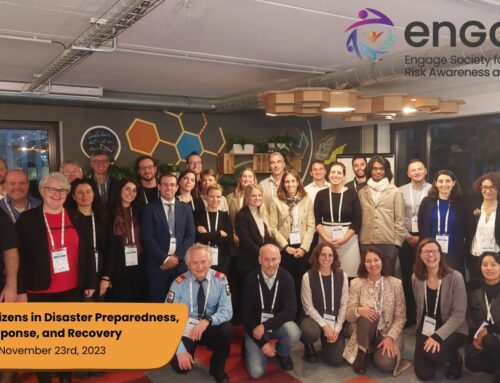Summer 2022 in Italy recorded temperatures above the average throughout summer with a temperature anomaly of +2-3°C above the climatic average. Three heat waves occurred, with longest between the end of June and the first week of July, the second one in the second half of July and the third one in the first week of August. High temperatures and heat waves such as these that occurred last year have immediate health effects, particularly on the most vulnerable, such as the elderly and patients with chronic illnesses.
Heat waves are becoming more frequent and in order to improve the local adaptation capacity it is important to improve emergency planning and response and enhance citizen awareness and empowerment. Italy’s Heat prevention plan, lead by the Ministry of Health (https://www.salute.gov.it/caldo) provides the reference framework for the implementation of local heat responses, including: heat-health early warning systems, health surveillance, information campaigns, the identification of vulnerable groups and city-specific heat response plans modulated on warnings and targeted to these subgroups. Every year, a report on the impact of heat waves during the summer and an evaluation of local prevention plans is carried out and can be found on the Ministry of Health website.
Within ENGAGE, the heatwave response and health adaptation plan operational in the Lazio region is one of the case study solutions that is included in validation exercises. This summer, ASL Roma 1 and Cittadinanzattiva are preparing the exercise for summer 2023 aimed at enhancing community awareness and population resilience as well as adherence to the plan of elderly citizens most at risk.
From the survey carried out at the end of summer 2022 among cities with a Heat Health prevention plan, it was observed that the most common adaptation actions implemented were: information campaigns (leaflets, brochures, web pages and social media); the active surveillance of vulnerable individuals by health and social services; emergency protocols in hospitals and nursing homes; social care provided by social workers or volunteers, and free telephone helplines. The figure below summarizes actions implemented in cities with a local heat Plan during summer 2022. In Italy, the core element of most local prevention plans is the formal identification of elderly susceptible patients actively monitored during at risk days when warnings are issued. GPs and district health care services (nurses, health care staff) carry out home visits or assistance through the tele-monitoring or tele-assistance services that are available.

In all local plans, communicating heat-related risks and how to cope with such risks to the public is crucial to help raise population awareness and promote adaptation within society. By providing evidence-based advice on how to avoid or reduce heat exposure, how to recognize symptoms of heat-related diseases, and how to manage them correctly can help protect vulnerable citizens. An important tool available within the National plan is the App for Android “Caldo e salute” which issues warnings for each city, information on health risks, and provides information on local services available, such as the local telephone help-lines offering support, information, and assistance. The continuous dissemination of information to enhance awareness and the extension of health and social response measures can help prevent heat-related mortality and risks during summer.
Authors: Manuela De Sario and Francesca de’Donato, Department of Epidemiology – ASL Roma 1





